Understanding Aftertreatment Technology
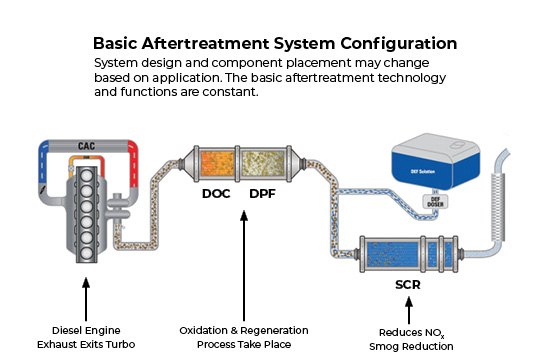
Diesel exhaust exits the engine through the turbo.
From there the exhaust first passes through the DOC and DPF.
This is where oxidation and regeneration takes place.
The DPF traps particles found in the exhaust as air passes through and exits the filter. The NOx continues towards the tailpipe but first passes through the SCR.
The SCR lowers the NOx in the diesel engine exhaust, reducing smog and making the air healthier to breathe.
Nitrogen and water are what is left to exit the tailpipe and enter the atmosphere.
Properly maintaining your aftertreatment system is critical to the performance and efficiency of your truck or heavy-duty equipment.
To appreciate why DPF & DOC filter cleanings must be part of your regular maintenance program you need to understand the structure and function of each component.
The Purpose of the DOC & DPF
The DOC and DPF were first introduced to he heavy-duty industry in 2007. These components work together to remove harmful particulate matter from diesel exhaust. The catalyst and filter rely on one another to properly perform this function. If one is not operating correctly, damage will occur to both pieces. In addition, a failing DPF or DOC can damage parts upstream.

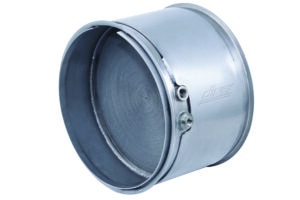
DOC | Diesel Oxidation Catalyst
The diesel oxidation catalyst (DOC) utilizes straight flow-through cell wall technology and is coated with precious metals to begin the regeneration process. The DOC converts pollutants found in diesel exhaust into harmless gases through oxidation. During the regeneration process, raw diesel fuel is dosed onto the face of the catalyst which allows the DPF to reach necessary temperatures for active regeneration.
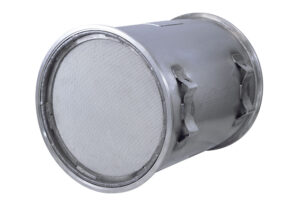
DPF | Diesel Particulate Filter
The diesel particulate filter(DPF) essentially serves as a garbage can for your diesel exhaust system. DPFs are designed to remove soot from the diesel exhaust stream and capture particulate matter before it is released from the vehicle into the atmosphere. During regeneration, particles that cannot be burned completely turn to ash and are stored in the DPF until it is physically removed during off-unit cleaning.
DPF Cell Structure
The Depending on material, there are roughly 200 cells per square inch in a DPF, each measuring approximately 3/64″ square running the entire length of the filter. The cell surface area has a texture similar to what you would find on a small sponge. The image to the right is magnified 10,000 times and shows the complexity of the cell design.
Exhaust flows through the filter and the plugs force it from one cell chamber to another. As the air maneuvers and finds its way through the sponge-like surface, the filter wall captures everything larger than 5 microns, or the size of a human hair.
Due to the cell structure and porous surface area, the contaminated exhaust entering the filter is clean when it exits the DPF. What is left behind is treated in the filter regeneration process.
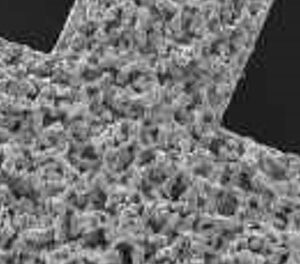

Filter Regeneration
Regeneration is the process of burning off soot and turning debris collected in the filter to ash. In order for regeneration to occur exhaust temperatures must reach approximately 1100 degrees F. There are two ways the regeneration process can occur; passive regeneration and active regeneration. A DPF can hold roughly 9 liters of volume based on a 12″ diameter filter. Enough soot is produced during vehicle operation that without regeneration a clean filter would be full in the matter of a few hours.
Passive regeneration is when the engine exhaust temperatures get hot enough to initiate the process on its own. This is typically achieved on longer hauls with heavy loads.
Active regeneration is when the DPF is full but exhaust temperatures have not reached the required levels. The sensors signal the need for help, and raw fuel is dosed on the face of the DOC. The DOC oxidizes the fuel and creates heat which initiates the process of regeneration inside the DPF.
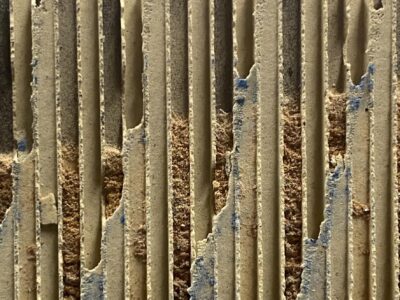

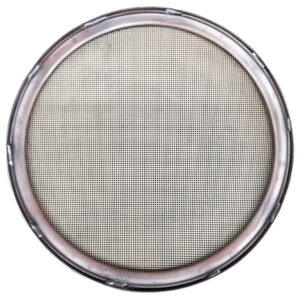
Regeneration IS NOT Cleaning
There is a common misperception in the heavy-duty industry that when a filter regenerates, it is being cleaned. This is not only completely false, but following this belief will lead to loss of fuel economy, lower engine performance, and ultimately costly repairs.
As we mentioned before, the DPF serves as a garbage can for your diesel exhaust system. And just like your trash, the only way a garbage can can be emptied is by physically removing the items inside. The same holds true for a diesel particulate filter.
To maximize the performance of your fleet proper DPF cleaning must be part of your preventative maintenance program. It’s also important to realize that not all cleaning methods are equal and taking short cuts will result in shorter cleaning intervals and performance issues.
